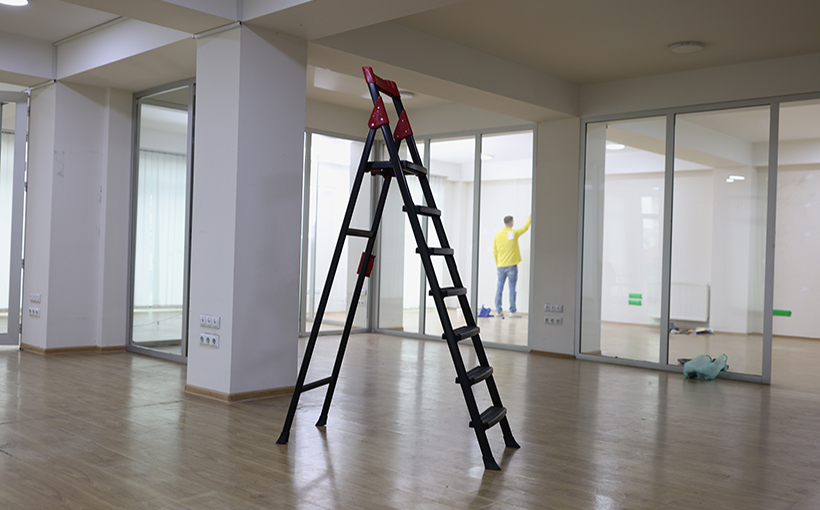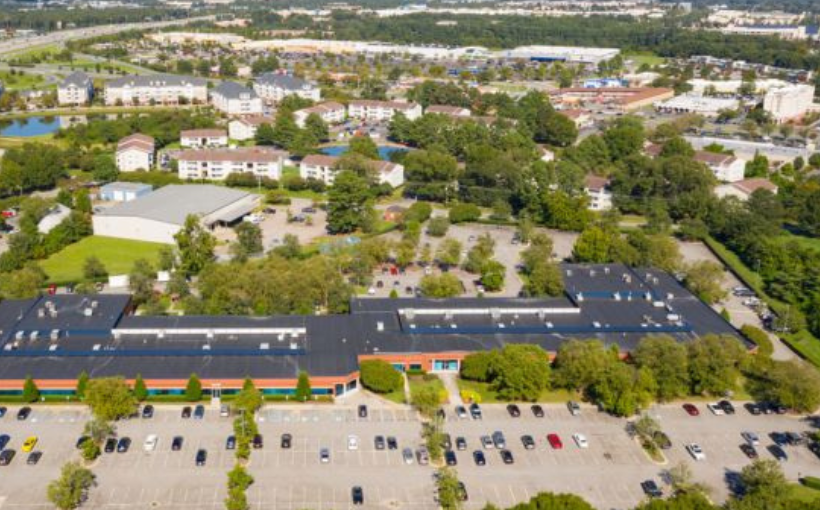The main takeaway from the Q3 national industrial market information is balance. Four reports discussed an increase in vacancy rates, a decrease in new developments, and moderate absorption. This is expected after the development and leasing frenzy caused by the pandemic.
Economic realignment has been a driving force behind these changes. JLL’s United States Q3 2024 Industrial Market Dynamics report noted that businesses are taking a cautious approach to adapt to economic uncertainties and aim for sustainable growth with balanced supply-demand dynamics.
Cushman & Wakefield’s MarketBeat Industrial Q3 2024 report also acknowledged this realignment, stating that net absorption was modest due to cooling consumer demand and shifting inventory strategies among large occupiers. However, speculative construction continues to dominate the pipeline despite its decrease.
On the other hand, Lee & Associates’ Q3 2024 Industrial Market Overview reported steady recovery of tenant demand thanks to ongoing consumer spending and stabilization of warehouse jobs decline. Additionally, there has been an increase in monthly U.S imports since February which means more goods have entered into supply chains.
JLL analysts pointed out fluctuating leasing momentum due to economic uncertainties but believe this slowdown indicates a move towards a more balanced pipeline following pandemic-induced anomalies. As such, vacancy rates have normalized compared to historically low levels seen at first coming out of the pandemic according Cushman & Wakefield analysts who stated they are now consistent with long-term averages at around 7%.
Looking ahead Colliers U.S Industrial Market Statistics for Quarter Three predicts quarterly construction completions will continue falling over next few quarters until new supply meets tenant demand equilibrium while Lee & Associates forecast elevated completion volumes through late-2015 before deliveries slow down as higher interest rates led fewer ground-breakings over past years according their analysis.
Cushman & Wakefield believes peak vacancies will occur mid-2025 before decreasing again as major occupier consolidations subside allowing engines driving industrial space demands like e-commerce, 3PL, consumer spending and housing recovery to kick into higher gear.
JLL analysts also expect the market to stabilize at a more sustainable growth level with over half of current constructions expected for delivery by 2025.




